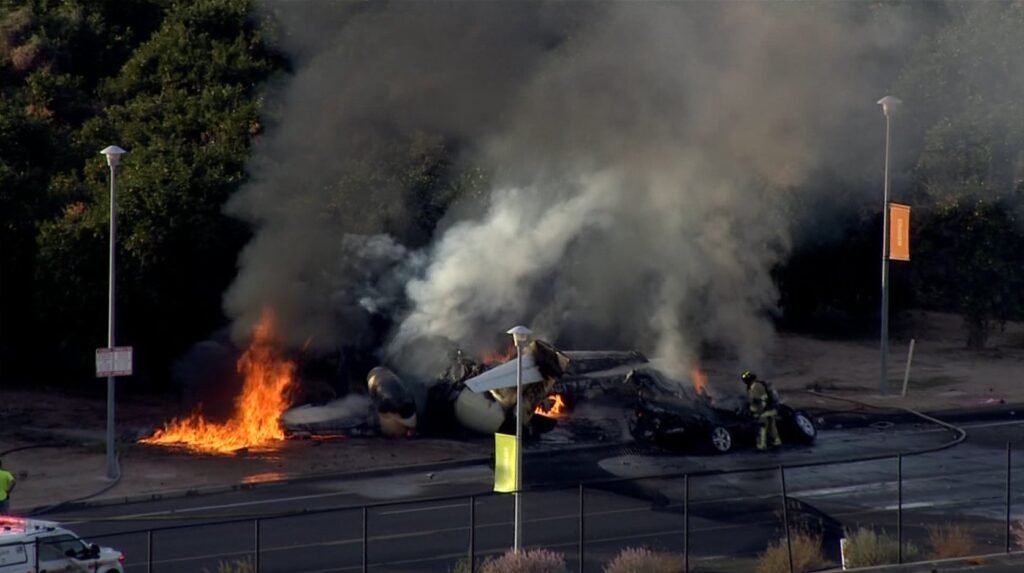B737 MAX Latest Updates : Boeing and FAA begin 737 Max test flights.
Boeing and the US Federal Aviation Administration began a series of long-awaited flights to test whether the revamped 737 Max is safe following two deadly crashes, and investors cheered the rare good news for a plane maker mired in crisis.
The test of Boeing’s redesigned flight-control systems had been repeatedly postponed over the past year as engineers and regulators flagged additional safety concerns. While the Max finally appears to be on track to be certified in the US by September, it must still clear a long, tough review.
Ending the flying ban would enable Boeing to resume 737 deliveries and start generating cash after absorbing about $20 billion in grounding costs.
Boeing has made significant progress over the past several months in support of safely returning the 737 MAX to service as the company continues to work with the FAA and other global regulators on the process laid out for certifying the 737 MAX software and related training updates.
The company has also made significant governance and operational changes to further sharpen its focus. These two tragic accidents continue to weigh heavily on everyone at Boeing. We have established a $100 million relief fund to meet family and community needs of those affected by these accidents.
Safety. Quality. Integrity.
◆Software Updates -: Robust MCAS software update three additional layer of protection .
1100+test and production flight with new software totaling 2100 + hours.
Additional updates to the flight control computer software for further redundancy and safety .
The Maneuvering Characteristics -:
Augmentation System (MCAS) flight control law was designed and certified for the 737 MAX to enhance the pitch stability of the airplane – so that it feels and flies like other 737s.
MCAS is designed to activate in manual flight, with the airplane’s flaps up, at an elevated Angle of Attack (AOA).
Boeing has developed an MCAS software update to provide additional layers of protection if the AOA sensors provide erroneous data. The software has been put through hundreds of hours of analysis, laboratory testing, verification in a simulator and numerous test flights. Before it is finalized, the software will be validated during in-flight certification tests with Federal Aviation Administration (FAA) representatives.
The additional layers of protection that are being proposed include:
Flight control system will now compare inputs from both AOA sensors. If the sensors disagree by 5.5 degrees or more with the flaps retracted, MCAS will not activate. An indicator on the flight deck display will alert the pilots.
If MCAS is activated in non-normal conditions, it will only provide one input for each elevated AOA event. There are no known or envisioned failure conditions where MCAS will provide multiple inputs.
MCAS can never command more stabilizer input than can be counteracted by the flight crew pulling back on the column. The pilots will continue to always have the ability to override MCAS and manually control the airplane.
These updates are expected to reduce the crew’s workload in non-normal flight situations and prevent erroneous data from causing MCAS activation.
737 MAX Flight Deck Displays -:
All primary flight information required to safely and efficiently operate the 737 MAX is included on the baseline primary flight display. This is true of all our commercial products. Boeing doesn’t put a price on required safety features. Crew procedures and training for safe and efficient operation of the airplane are focused around airplane roll and pitch attitude, altitude, heading and vertical speed, all of which are integrated on the primary flight display. All 737 MAX airplanes display this data in a way that is consistent with pilot training and the fundamental instrument scan pattern that pilots are trained to use.
The AOA (angle of attack) indicator provides supplementary information to the flight crew. The AOA disagree alert provides additional context for understanding the possible cause of air speed and altitude differences between the pilot’s and first officer’s displays. Information for these features is provided by the AOA sensors.
There are no pilot actions or procedures during flight which require knowledge of angle of attack.
Key Definitions -:
Maneuvering Characteristics Augmentation System (MCAS) – flight control law implemented on the 737 MAX to improve aircraft handling characteristics and decrease pitch-up tendency at elevated angles of attack.
Angle of Attack (AOA) – the difference between the pitch angle (nose direction) of the airplane and the angle of the oncoming wind.
Angle of Attack Sensor / Vane – hardware on the outside of the airplane that measures and provides angle of attack information to onboard computers; also referred to as an AOA vane.
Angle of Attack Disagree – a software-based information feature that alerts flight crews when data from left and right angle of attack sensors disagree. This can provide pilots insight into air data disagreements and prompts a maintenance logbook entry.
Angle of Attack Indicator – a software-based information feature that provides angle of attack data to the flight crew through the primary flight displays. It is an option that can be selected by customers.
Thanks for visiting, for keep updating with new updates Follow my this blog .
#Aviation #Aviation_news #Aviation_Updates #Aircraft_Update #B737max #FAA #Boeing #Airbus #B737max_opetator #dgca #Spicejet.
0 Comments
Leave a comment
You may also like
Aviation News
EMAS Engineered Material Arresting Systems for Aircraft Runway Overshoots Protection -: The Aviation
EMAS Engineered Material Arresting Systems for Aircraft Runway Overshoots Protection -: As everyone knows today, the use of air travel
Aviation News
Mumbai Police arrests passenger talking about ‘hijacking’ on Delhi-Bound Vistara flight – The Aviation News
A male passenger was arrested by Mumbai police at Chhatrapati Shivaji Maharaj International Airport after a crew member overheard






Unknown
August 27, 2022Good,👍
AVIATION HIGHWAY
August 27, 2022Thanks for your valuable feedback
Sumit minj
August 27, 2022Thanks for sharing nice information #the aviation